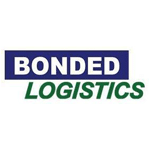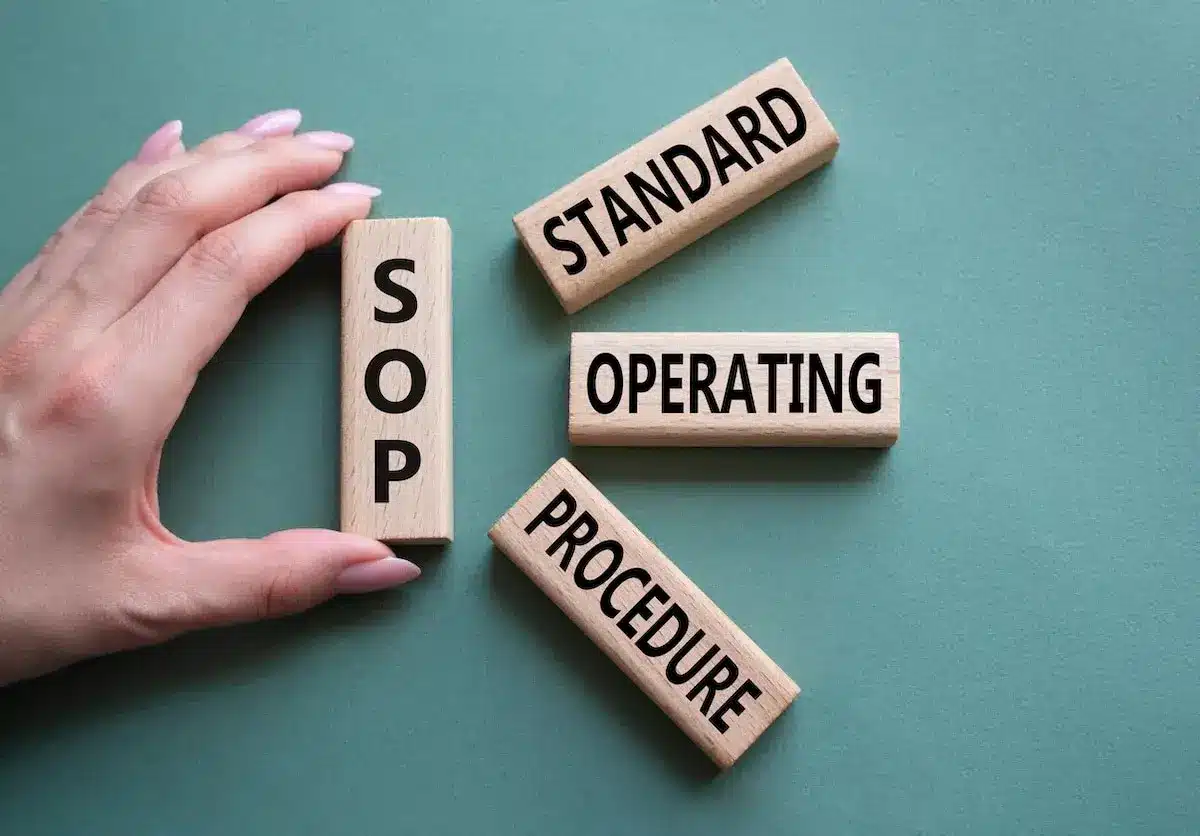White Paper: Guide for Implementing WMS Software
Warehouse Management System (WMS) software is a great addition to any type of distribution business because it provides automated solutions to warehouse operations and processes. It is important to have it implemented correctly and successfully to fully utilize the tool for your business. A WMS covers processes that involve receiving, putaway, inventory management, location management, order management, picking, packing, shipping, and integration to an ERP or other external systems.
With WMS software you can effectively manage your warehousing operations, improve inventory accuracy, eliminate costly mistakes, and deliver the service that your customers expect. And the data being collected in the warehouse can provide visibility to inefficient processes, information for re-warehousing such as product velocity and even data for inventory optimization.
Aside from inventory, your WMS software can also assist with customer service and tracking processes. In essence, outside visibility into the warehouse, delivers what in effect is a ‘glass warehouse’. The ability for outside parties such as customer service to see real-time status of orders, picking and shipping. The warehouse moves from a black box to the core of your company and eliminates surprises both internal and external!

The mentioned advantages of a WMS to your business can only be achieved through proper implementation of the software. Don’t rush through the process, you want to make sure it is set up correctly to avoid future headaches. The process can be time consuming, and you need to realize there will be some production loss, as it will take some time to get everything up and running and to train employees on the new system and processes. Also, to plan the proper timing of the implementation, you wouldn’t want to start the project in the middle of your busiest season. A well-planned implementation will help you set and meet expectations from all parties. Here is a helpful guide to properly implementing WMS software:
1. Get a Team Ready
You need to have a team to oversee the implementation. Having WMS software is a big investment and should be treated as an important project for your business. Here is a simple team that you can create for a WMS implementation:
- Project Manager (PM)
This person will be leading the implementation and will be in charge in case problems are encountered. You need to make sure that they are knowledgeable about the software, possess great problem-solving skills, and have the ability to make informed decisions. Usually partnered with the project manager from the WMS vendor. The PM will report directly to the executive team or steering committee monitoring the project.
- Warehouse Manager
A team leader from your business, someone who knows the ins and outs of the warehouse, should be involved with the implementation because they are very familiar with the warehouse processes and WMS requirements.
- Systems Administrator(s) (IT)
The implementation of a new WMS will require involvement from either internal system resources or potentially outside consultants. Areas such as integrations to other systems, system infrastructure (if not cloud), etc., are all areas that will involve technical resources. Different departments should also be given a heads up because there will be data backups and migration happening as the WMS is being implemented.
- WMS Expert/Trainer (Subject Matter Expert or SME)
Someone in your team who will be using the software the most should be the person who will master the system. They should be trained in using the WMS efficiently because moving forward, they will be teaching new members of your business how to use the WMS software. A ‘train the trainer’ approach is best both for short-term and long-term support. While the WMS vendor will provide initial training, it is imperative that internal resources can take on this role long-term. No one ever said, ‘we spent too much time training’. There is a reason for that…
- Business Analyst (the Bridge to IT and/or Vendor)
This role will help bridge the operational requirements with IT requirements. While your IT team should be involved when implementing a new software, they are generally not strong on the business requirements. Often a role that is not staffed directly but needs to be considered.
- Executive Team or Steering Committee
This team, usually made up of C-level executives, will oversee the WMS implementation process and be there for support if a problem needs to get escalated.
2. Management Plans and Practices
Now that you have an implementation team, you can start creating plans and new practices when the WMS software is up and running. There will be a lot of questions since there will be changes in the processes and you should come up with a plan that will cover all bases and circumstances after implementation. Standard Operating Procedures (SOPs) should be documented before go-live.
3. Budget
You can start with planning the costs that entail having a new WMS, such as implementation (travel and training) and ongoing costs (support, upgrades, and maintenance fees). After finalizing your budget, the development and approval should also be made clear on how and when it will be released for use. Aside from budget, you should also create a schedule of when tasks are going to happen, this is to ensure that the WMS software can be launched properly and at your expected timeline. While this is a finance function, all project team members should understand the effect of schedules, change orders, etc. Surprises at the end of a project, are never good.
4. Testing
It is important to set up a test system to make sure the processes are working properly, and the system is set up correctly from receiving, putaway, picking, packing, and shipping. This test system can also be used when rolling out new releases in the future. Test the connections, make sure the data is moving properly through all the systems/hardware involved – RF devices, ecommerce platforms, Warehouse Management System, ERP/accounting system, and shipping carrier sites or Transportation Management System. Also, it is essential to have clean data, for instance putting in accurate inventory counts from the beginning, otherwise your inventory will continue to be off as you use the new system.
5. Training
As mentioned before, departments should be trained on how to use the new system to ensure that the transition will be seamless, and they will be given time to learn and adjust. Make sure that each department will have a representative in case you cannot have a massive training for all. You can setup an environment such as a conference room pilot for employees to get familiar with the system and use it before it goes live.
6. Going-Live
- Steps Before Going-Live
It will be a good idea to make a list of the things that you have to check and double check before going live. Ensure that all of the team members involved in the implementation are notified and can deliver what is expected of them before going live. A go-live readiness checklist should be utilized with agreement on the status and whether the go-live should be attempted yet.
- Go-Live
Finally, the WMS is now live. You need to manage your expectations because there may be errors along the way, and this is normal. The developed plans and practices that you’ve created before implementation will be your guide when something goes wrong. Having proper communication and knowing who to contact is key to a good implementation because people can easily address the problems through the right channels, if anything should arise.
- Post Go-Live Audit/Adjustments
After some time of the WMS in use, you should set aside time to evaluate the launch and current status of the software. This will help people in your business to adjust and tweak necessary tools or processes using the WMS software. Generally done after 3 – 6 months. Also, this is the time to start comparing metrics established before the new system was live with the metrics on the new system. If the trend is not good, then adjust.
Final Thoughts
Having a good WMS software is essential for any business that operates one or more warehouses. How sophisticated the WMS needs to be, depends on the business requirements and not every business needs all the ‘bells and whistles’. A WMS is fundamental to the entire operation, from customer service through finance. Implementing a new software solution can be a daunting task especially for a startup or for a business operating manually and still using spreadsheets! It’s crucial to find both the right kind of WMS software and professionals who can assist you with the help of technology to provide the guidance to successfully implement the new solution.
Cadre Technologies is composed of highly experienced warehouse industry experts who blend business experience with technology to make you and your company more successful.
Learn more about us and our WMS software that can be tailored to your business. Contact us today!









